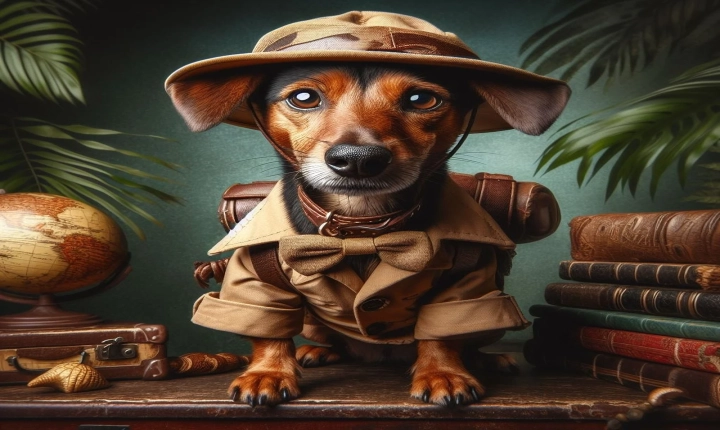Title: Can AI Dance Better than Humans?
In recent years, artificial intelligence (AI) has made significant advancements in various fields, from language processing and image recognition to driving cars and playing games. However, one area that has sparked a lot of curiosity and debate is whether AI can dance better than humans. With the development of AI-powered choreography and dance programs, it’s worth exploring the potential for AI to become proficient in the art of dance.
Advantages of AI in Dancing
One of the advantages of AI in dancing is its ability to process and analyze vast amounts of movement data. AI can analyze the nuances of different dance styles, from classical ballet to contemporary dance, and identify patterns and movements that are challenging for human dancers to grasp. This ability to study and replicate intricate movements could potentially lead to the creation of new forms of dance that push the boundaries of what is physically possible for human dancers.
Another advantage is the potential for AI to revolutionize dance education and training. AI-powered virtual instructors could provide real-time feedback, personalized training programs, and even choreograph tailored routines based on an individual’s physical capabilities and artistic preferences. This could democratize access to high-quality dance training and provide new opportunities for aspiring dancers to develop their skills.
Challenges and Limitations of AI in Dancing
Despite the potential advantages, there are several challenges and limitations to consider when it comes to AI in dancing. One of the primary challenges is the emotional and interpretive aspects of dance. Dance is not only about physical movement but also about conveying emotion, storytelling, and connecting with audiences on an emotional level. While AI can replicate physical movements, it may struggle to capture the subtleties of human expression and interpretation.
Furthermore, the authenticity and cultural significance of dance styles could be at risk if AI becomes the dominant force in choreographing and performing dance routines. Dance has deep cultural roots and is often intertwined with traditions and storytelling that may be lost if AI becomes the primary creator of dance content.
The Future of AI and Dance
As AI technologies continue to advance, it is likely that AI will play an increasingly prominent role in the dance industry. However, it is essential to maintain a balance between leveraging AI’s capabilities and preserving the authenticity and humanity of dance.
Rather than viewing AI as a replacement for human dancers, it should be seen as a tool to enhance creativity, expand artistic possibilities, and provide new avenues for exploration in dance. Collaborations between human dancers and AI systems could lead to the creation of breathtaking performances that blend the best of both worlds – the emotion and expression of human dancers with the precision and innovation of AI-generated movements.
In conclusion, while AI has the potential to excel in certain aspects of dance, it is unlikely to surpass the artistry and emotional depth of human dancers. The future of dance may indeed be shaped by AI, but the essence of dance will always be deeply rooted in the human experience. Therefore, rather than focusing on whether AI can dance better than humans, it is more valuable to explore how AI can complement and enrich the art of dance for the benefit of both dancers and audiences.
